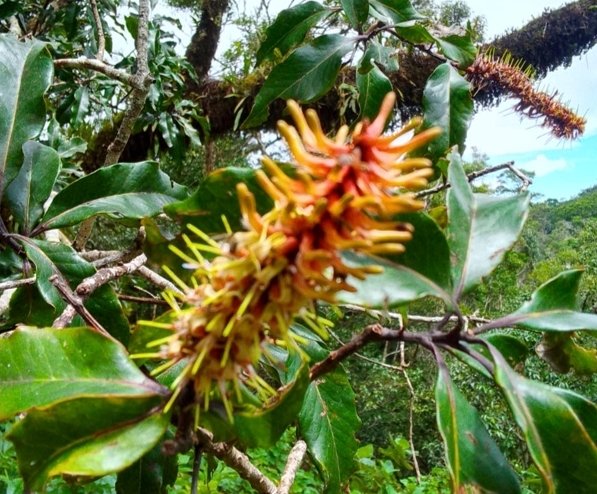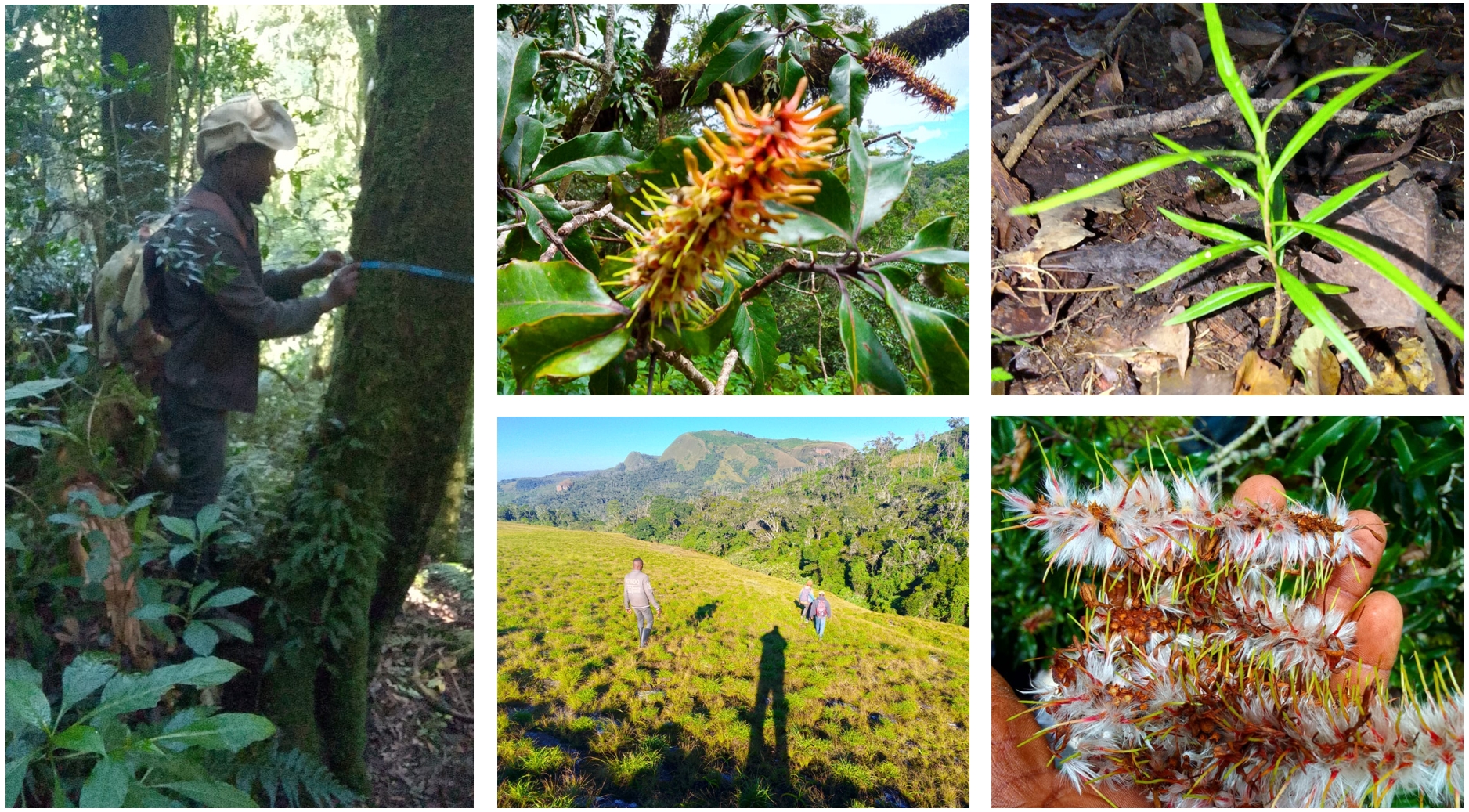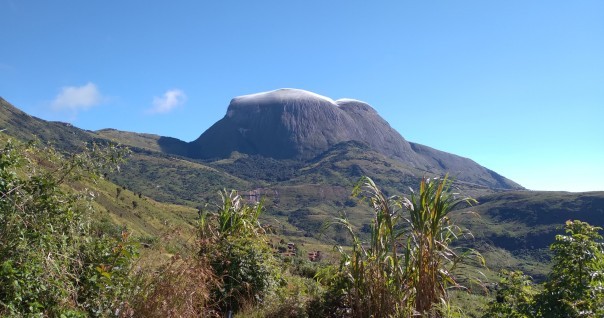

Conservation of F racemosa on the Namuli Mountains
The Namuli Mountains, located in the locality of Mucunha, in the district of Gurué, province of Zambezia, play a crucial role in the Republic of Mozambique. Ranked as the second highest mountain in the country, Namuli is part of the endangered Southeast African Mountain Archipelago ecoregion. Additionally, it is a water tower for the provinces of Nampula and Zambezia, housing the sources of the Licungo and Malema rivers. Recognized as a key area for biodiversity by the National Biodiversity Directorate, Namuli is home to varieties of animal and plant species, including many rare and endemic species. In addition to its ecological value, Namuli also has regional cultural significance, being the birthplace of the Lomwé and Macua peoples, two of the most representative ethnic groups in the north-central region.
However, since the 2000s, Namuli's high altitude forests have been under threat due to the commercial production of Irish potatoes, which has become the main source of income for local communities. According to Nitidæ, almost 40% of the Murretxa forest was deforested between 2000 and 2020. A native tree species, F. Racemosa, is particularly threatened because it is valued for its extremely durable wood, used by local carpenters to build houses locally. This intensive exploitation of F. racemosa has put its population on the verge of extinction, a situation aggravated by the scarcity of seeds and the difficulties observed in vegetative propagation.
It is in this context that Nitidæ has been working since 2019, to try to reconcile the socio-economic development of communities and the conservation of Namuli ecosystems with a systematic and integrated approach on the scale of this territory. Today, in collaboration with Mr. Petrus Joaquim Dique from the Mozambican Agrarian Research Institute (IIAM) through the Gurué Agrarian Station, Nitidæ is carrying out a study to assess the conservation of the species Faurea racemosa in the Namuli forests. F. racemosa, known locally as Txetxere, is a medium to tall tree, which can reach between 15 and 30 meters in height.

Different photos (tree stand, young tree shoot, inflorescence...) of Faurea racemosa
The study aims to assess the conservation status of F. racemosa, to identify the factors causing its extinction and to propose strategies for its protection and maintenance. The continued disappearance of this species will have devastating consequences not only on biodiversity, but also on the local communities who depend on it for their basic needs. Nitidæ is committed to working with all stakeholders to find sustainable solutions that promote the conservation of F. racemosa and its habitat.
The active participation of local populations, local authorities and organizations dedicated to environmental conservation is fundamental to the success of this initiative. Together, we can contribute to the preservation of this precious natural resource.
Related projects

